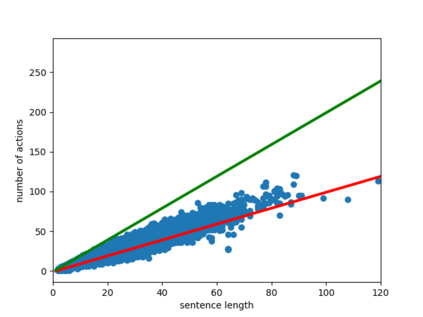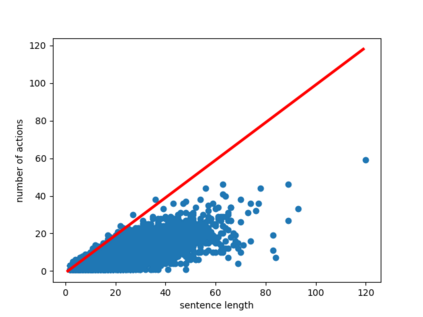Constituency parsing and nested named entity recognition (NER) are typical \textit{nested structured prediction} tasks since they both aim to predict a collection of nested and non-crossing spans. There are many previous studies adapting constituency parsing methods to tackle nested NER. In this work, we propose a novel global pointing mechanism for bottom-up parsing with pointer networks to do both tasks, which needs linear steps to parse. Our method obtain the state-of-the-art performance on PTB among all BERT-based models (96.01 F1 score) and competitive performance on CTB7 in constituency parsing; and comparable performance on three benchmark datasets of nested NER: ACE2004, ACE2005, and GENIA. Our code is publicly available at \url{https://github.com/sustcsonglin/pointer-net-for-nested}
翻译:选区划分和嵌套名称实体识别(NER)是典型的\ textit{免责结构化预测}任务,因为它们都旨在预测嵌套区和非跨区系列的收集情况。以前有许多研究调整选区划分方法,以解决嵌套式净化网。在这项工作中,我们建议为自下而起的划分提供一个新的全球指针机制,以指针网络完成这两项任务,这需要直线步骤来分析。我们的方法在所有基于BERT的模型(96.01 F1分)中获得了关于PTBTB的先进业绩,在选区划分中获得了关于CTB7的竞争性业绩;在嵌套NER的三个基准数据集:ACE2004、ACE2005和GENIA的类似业绩。我们的代码在https://github.com/sustcsonglin/pointer-net-f-nnested}公开提供。







